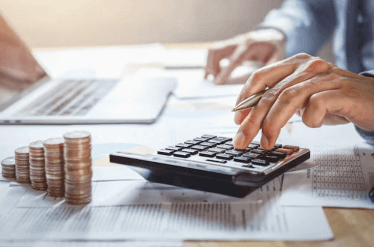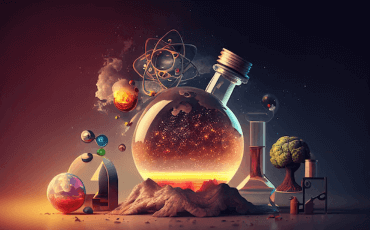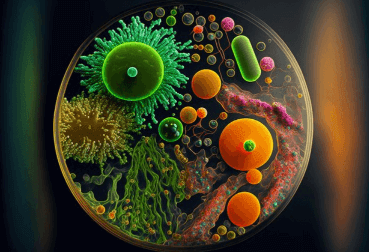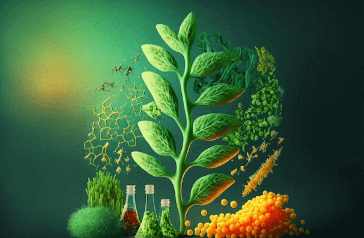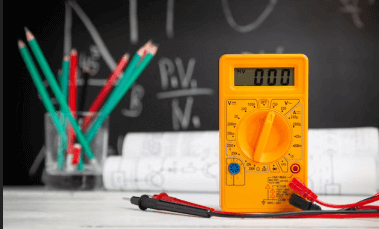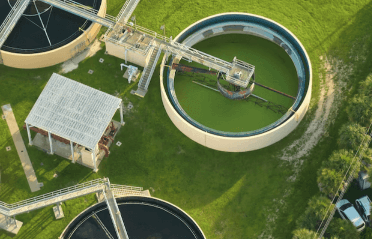Question
a.
dE = Tds - PdV
b.
dQ = CᵥdT + PdV
c.
dQ = CpdT + Vdp
d.
Tds = dE - PdV
Posted under Basic Chemical Engineering
Interact with the Community - Share Your Thoughts
Uncertain About the Answer? Seek Clarification Here.
Understand the Explanation? Include it Here.
Q. Which of the following equations is obtained on combining 1st and 2nd law of thermodynamics, for a system of constant mass?
Similar Questions
Explore Relevant Multiple Choice Questions (MCQs)
Q. A/an __________ system is exemplified by a vessel containing a volatile liquid in contact with its vapor.
View solution
Q. In a P-V diagram (for an ideal gas), an isothermal curve will coincide withan adiabatic curve (through a point), when
View solution
Q. For an ideal gas, the chemical potential is given by
View solution
Q. Two substances are in equilibrium in a reversible chemical reaction. If the concentration of each substance is doubled, then the value of the equilibrium constant will be
View solution
Q. In the ammonia synthesis reaction, N₂ + 3H₂ ↔ 2NH₃ + 22.4 kcal, the formation of NH₃ will be favoured by
View solution
Q. When liquid and vapour phase of multi-component system are in equilibrium (at a given temperature and pressure), then chemical potential of each component is
View solution
Q. COP of a refrigerator drawing 1 kW of power per ton of refrigeration is about
View solution
Q. The number of degrees of freedom for a mixture of ice and water (liquid) are
View solution
Q. On opening the door of an operating refrigerator kept in a closed room, the temperature of the room will
View solution
Q. Domestic refrigerator usually works on the __________ refrigeration cycle.
View solution
Q. Gibbs-Duhem equation
View solution
Q. Minimum number of phases that exists in a system is 1. Number of chemical species in a colloidal system is
View solution
Q. The internal energy of a gas obeying P (V - b) RT (where, b is a positive constant and has a constant Cᵥ), depends upon its
View solution
Q. "When a gas is expanded from high pressure region to low pressure region ; temper -ature change occurs". This phenomenon is related to the
View solution
Q. The internal energy of an ideal gas does not change in a reversible __________ process.
View solution
Q. The expression for entropy change given by, ΔS = - nR ln (P₂/P₁), holds good for
View solution
Q. With increase in temperature, the internal energy of a substance
View solution
Q. It is desired to bring about a certain change in the state of a system by performing work on the system under adiabatic conditions.
View solution
Q. For a constant pressure reversible process, the enthalpy change (ΔH) of the system is
View solution
Q. The Joule-Thomson co-efficient is defined as (∂T/∂P)H. Its value at the inversion point is
View solution
Recommended Subjects
Are you eager to expand your knowledge beyond Basic Chemical Engineering? We've handpicked a range of related categories that you might find intriguing.
Click on the categories below to discover a wealth of MCQs and enrich your understanding of various subjects. Happy exploring!
